The Art of Spying: Snooping on Espionage-Inspired Art & Fashion
Technology and time have had a profound effect on espionage and art, inspiring writers, painters, fashion designers, and photographers. Here are some of the most creative and curious artists of the zeitgeist.

Fashion Designer Manya Kullmann
Swiss-Russian womenswear designer Manya Kullmann is inspired by historical women including her grandmother, a former KGB spy who had many dalliances - including an affair with Cuban leader Fidel Castro. Manya's graduate collection, with its vibrant colors, meticulous details, and fantastic embroidery, unfolds a narrative influenced by her discovery of her grandmother's mysterious past as a Russian Mata Hari. The collection raises questions about societal expectations and the true power of women.
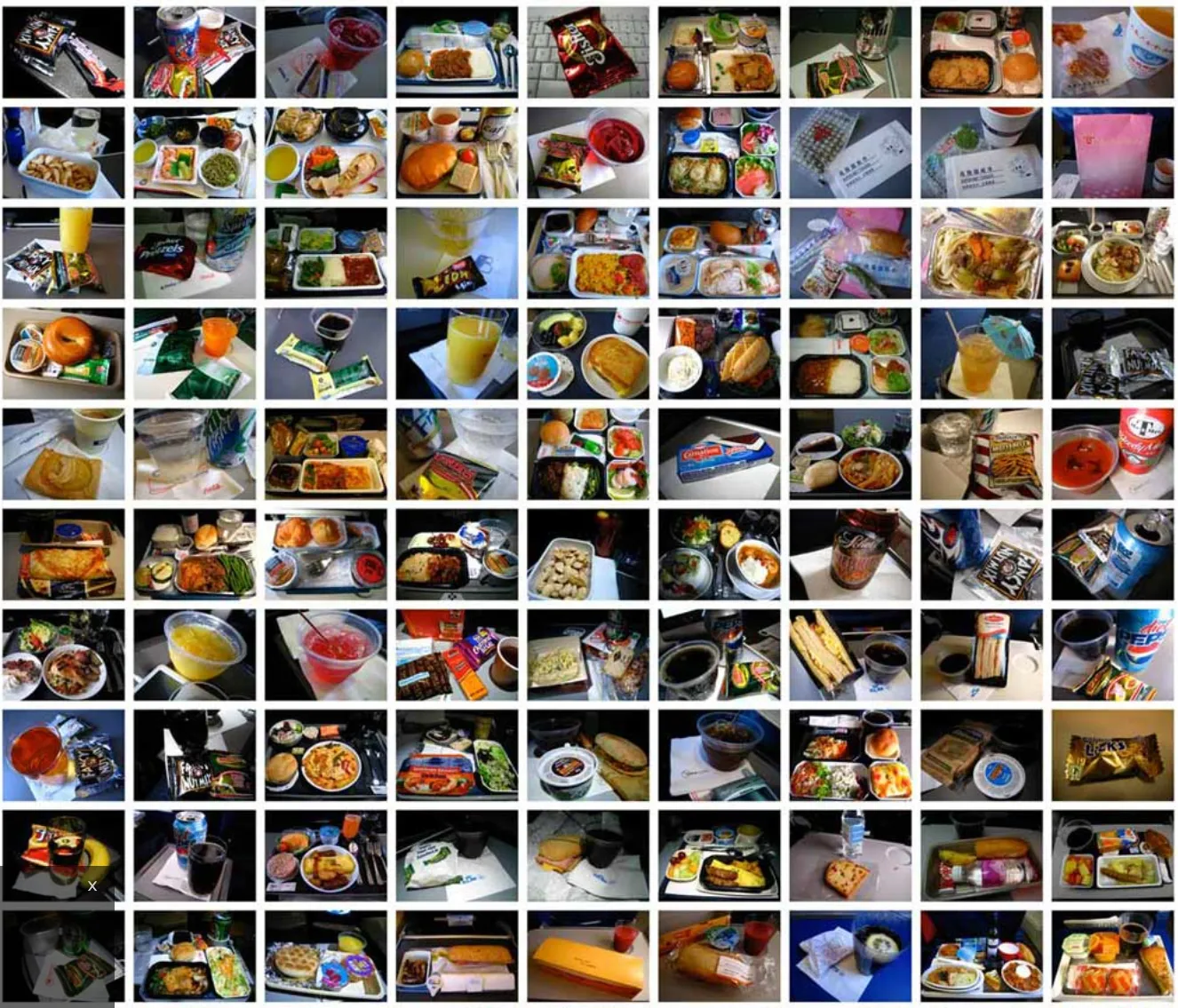
Surveillance, by Hasan Elahi
Bangladeshi-American media artist Hasan Elahi was put on an FBI watch list post 9/11 and took nine lie detector tests before the Tampa office cleared him. Elahi felt he’d still be monitored, however, so he gave the FBI everything they could want from then on: 70,000-plus photos detailing every meal he’d eaten, flight records, bank statements, and more. Elahi then published his life online so anyone could spy on him if they had the time and patience. Many spy agencies did. Elahi’s computer server logs show the NSA, CIA, Department of Homeland Security, and the Executive Office of the President dropped by. “Not really sure why they show up,” Elahi said. “I'm glad that we have patrons of the arts in these fields.
If We Never Meet Again, Noam Toran
Two men meet on a deserted road in If We Never Meet Again, a video shot from tight and wide angles recalling classic spy films. Writer-director Noam Toran emphasizes intimacy with manipulated close-up shots mixed with distance footage using satellite imagery. The story is told from the perspective of men and machines, revealing different events that unfold during the same encounter.
War Games, Joana Vasconcelos
Born into a left-wing, anti-establishment family in Paris during Portugal's dictatorship, Joana Vasconcelos became a detective in her quest to understand her grandfather's mysterious military past. The revelation that he worked for two dictators, gathering intelligence and advising on military attacks, profoundly impacted Joana, inspiring her to express the painful truth through her art, notably transforming the family car into an artwork reflecting the absurdity of war.

Spy Booth, Banksy
Banksy's work pops up in public locations including the mural above, Spy Booth, in Cheltenham, England. The artwork - widely seen as a dig at Britain’s surveillance state - was painted onto a Grade II listed building about three miles from the British government’s GCHQ spy base. The mural quickly became a favored selfie spot for photo-snapping tourists but it was either removed or destroyed several years later as the wall crumbled.

The Spy Project, Jill Magid
The Dutch Secret Service (AIVD) commissioned American artist Jill Magid in 2005 to create art for its new HQ, a requirement under Dutch law. For the next three years, she interviewed spies and took handwritten notes - Magid wasn’t allowed to record meetings - and drafted a report to inform her art. Magid’s first exhibition, Article 12, was vetted, displayed, and confiscated. Her draft report was returned heavily redacted. After she protested, AIVD suggested Magid display the uncensored report under glass, so it couldn’t be examined too closely. The Tate Modern held the one-time-only exhibition. In 2010, Dutch spies entered the museum and confiscated the report permanently.

Simon Denny, the Secret Power project
New Zealand artist Simon Denny presented his NSA/Edward Snowden-inspired work at Venice’s 2015 Secret Power project.
A bald eagle sits atop a 3-D version of the emblem used by the NSA’s Special Source Operations program, which has secret surveillance relationships with AT&T, Verizon, and others.
NSA graphics revealed by Snowden decorate computer server racks.

Secrets within secrets
Denny also commissioned former NSA graphic designer David Darchicourt to draw a map with New Zealand as its focal point, with data streaming to the US and Australia. Darchicourt didn’t know he was working on a Snowden/NSA-inspired art installation at the time. “I guess that was one of [Denny’s] little aims,” Darchicourt told The Intercept. “To show how he could get my information and use it without my knowledge, the way NSA does.”
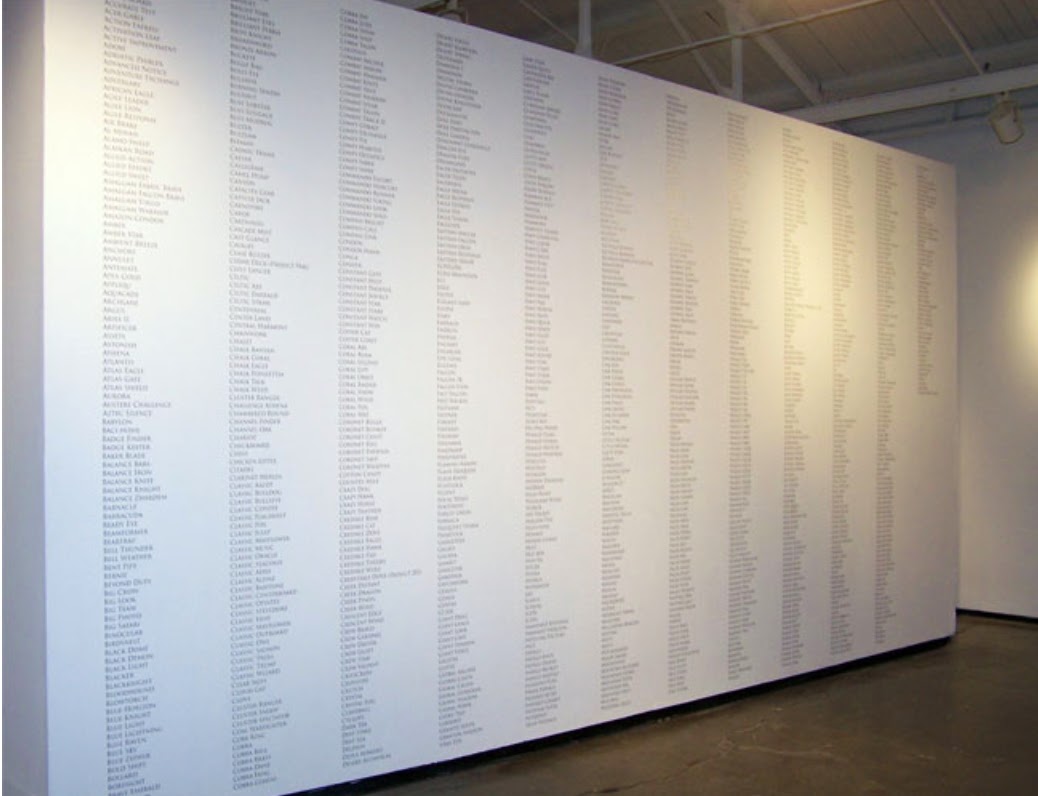
Code Names, Trevor Paglen
American artist Trevor Paglen’s evolving work Code Names includes 1,500-plus words, phrases, and terms that designate classified US military programs, exercises, units, and Pentagon ‘Special Access Programs’. The words are sourced from public budget documents and disclosures from whistleblower Edward Snowden. They represent only a fraction of the secret operations.
"The brand new social experience where you activate your gaming skills as you train like a spy."
- TimeOut
Take on thrilling, high-energy espionage challenges across different game zones.

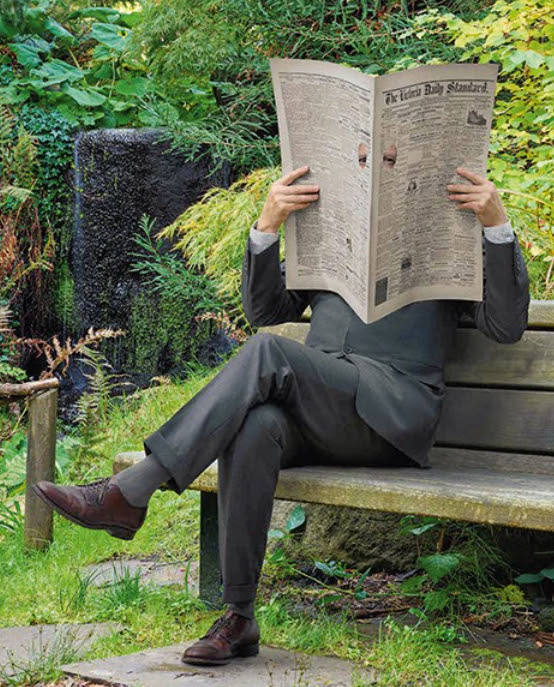
Newspaper Man, Rodney Graham
Canadian artist Rodney Graham uses a classic motif in the form of a light-box ad. He plays the role of the spy with the eyes cut out of the early 19th-century newspaper The Victoria Daily Standard. The 2017 photographic artwork was part of Frankfurt’s We Never Sleep exhibition exploring the ties between espionage and art.
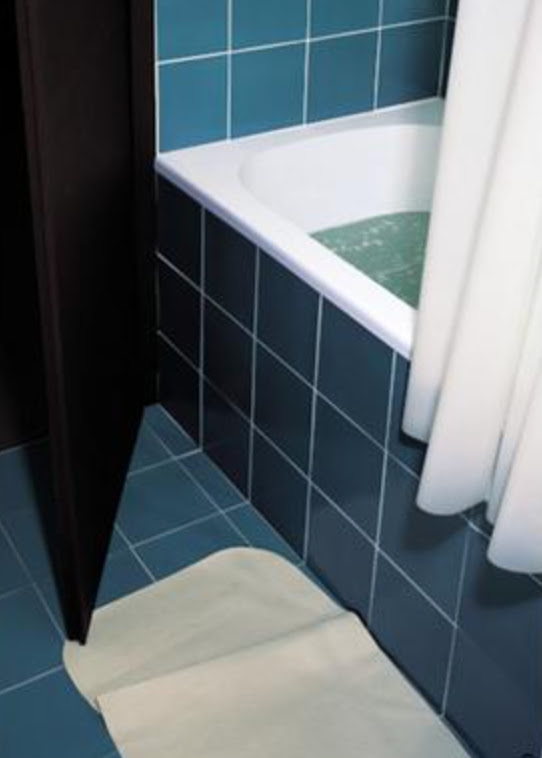
Reminder of the Barschel Scandal, Thomas Demand
Artist Thomas Demand creates notorious scenes from history which he then photographs. In Reminder of the Barschel Scandal, he recalls the resignation of Uwe Barschel, the conservative premier of Germany's northern state of Schleswig-Holstein. The politician resigned in 1987 after revelations that his office spied on its Social Democratic rival. Barschel was later found dead in a Swiss hotel bathtub.

La Malette n°1(Briefcase No 1), Julien Previeux
French artist Julien Previeux reverses the balance of power in Mallette No 1 by 'capturing' the fingerprints of France’s Interior Minister and transforming them into ink pads that can be reproduced. The work is meant to highlight the increasing capture and commercial exploitation of personal data and property without prior consent.
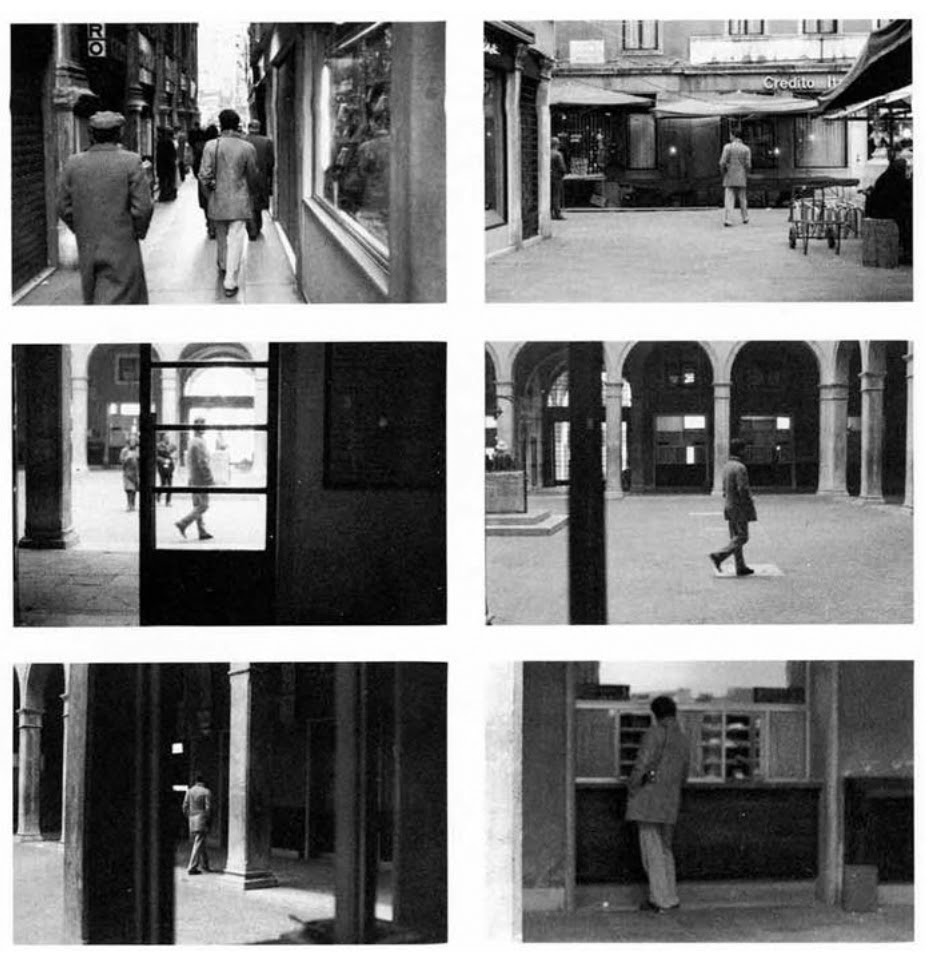
Venetian Suite, Sophie Calle
Sophie Calle’s black and white photographs record her journey to Venice where she stalked a man she’d met in Paris, tracking him over his 13-day stay. Even after he spotted Calle, she continued to monitor him until he returned to Paris. Calle documented her work In 1996 in a gallery setting designed to resemble a detective casebook or film noir.

Can You Hear Me? Mathias Jud and Christoph Wachter
After Edward Snowden revealed that the NSA and British spy agency GCHQ were spying on citizens and snooping on phone calls, artists Mathias Jud and Christoph Wachter mounted antennas on the roof of the Swiss Embassy in Berlin's government district to set up an open network. The duo then invited the world to send messages to eavesdropping US and UK spies so people could communicate their thoughts about the surveillance state we live in. In addition to giving the spies an earful, the artists were awarded a Golden Nica in the 2016 Prix Ars Electronica’s Interactive Art + category.
.jpg)
Teufelsberg Spy Station, various artists
Berlin’s graffiti artists have turned an abandoned CIA/MI6 spy station into an art hub for international visitors. Teufelsberg, a 120-meter hill in West Berlin, was a Cold War listening station used by British and American spies to gather intelligence on the Soviet Union. Artists now use the Teufelsberg station to create street art. The hub is so popular there are even guided tours. Teufelsberg Berlin is now one of the largest street art galleries in the world with artworks up to 270 square meters in size.
SPYSCAPE+

Join now to get True Spies episodes early and ad-free every week, plus subscriber-only Debriefs and Q&As to bring you closer to your favorite spies and stories from the show. You’ll also get our exclusive series The Razumov Files and The Great James Bond Car Robbery!


Gadgets & Gifts
Explore a world of secrets together. Navigate through interactive exhibits and missions to discover your spy roles.
Your Spy Skills
We all have valuable spy skills - your mission is to discover yours. See if you have what it takes to be a secret agent, with our authentic spy skills evaluation* developed by a former Head of Training at British Intelligence. It's FREE so share & compare with friends now!
* Find more information about the scientific methods behind the evaluation here.


Stay Connected
Follow us for the latest
TIKTOK
INSTAGRAM
X
FACEBOOK
YOUTUBE